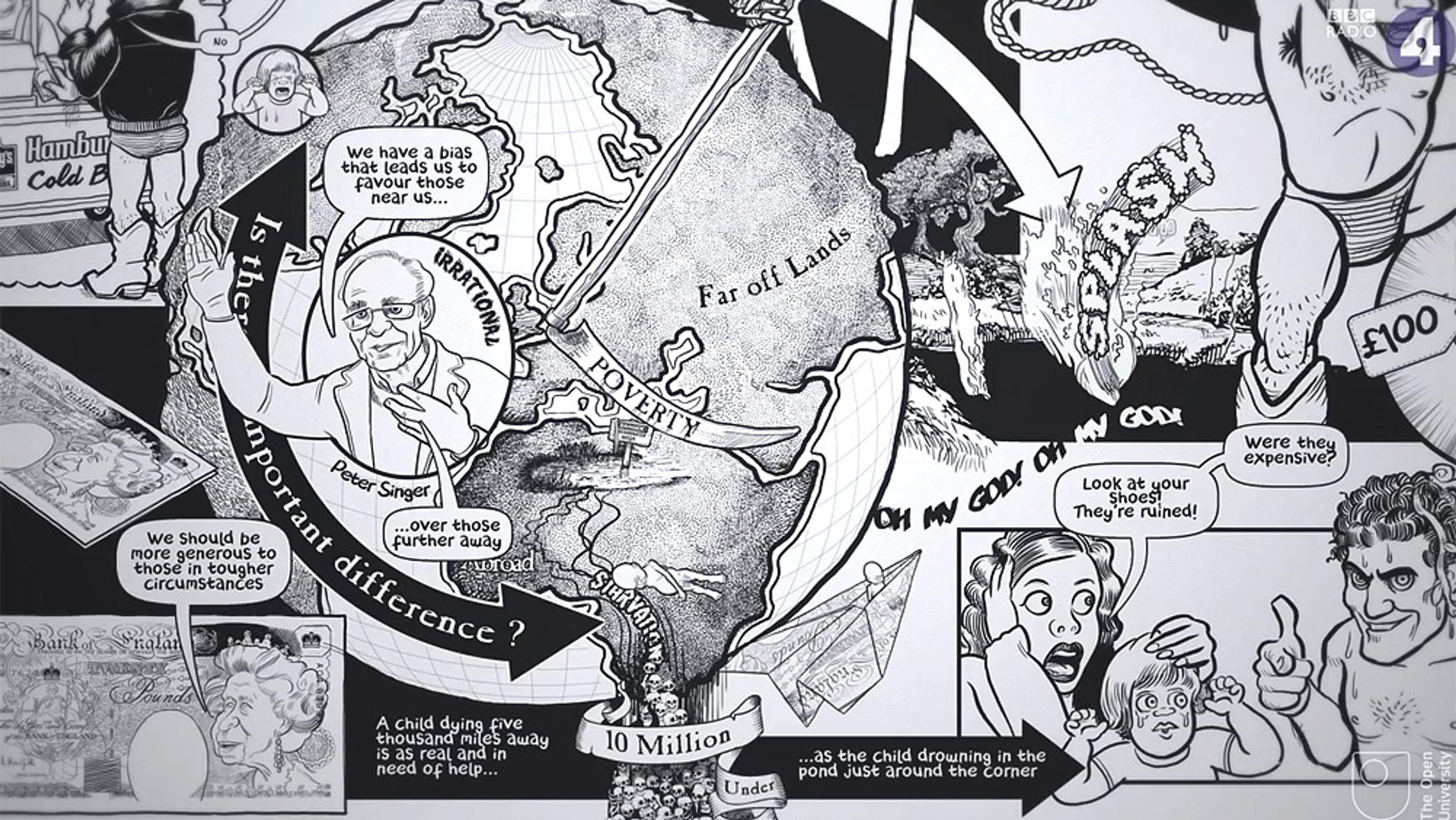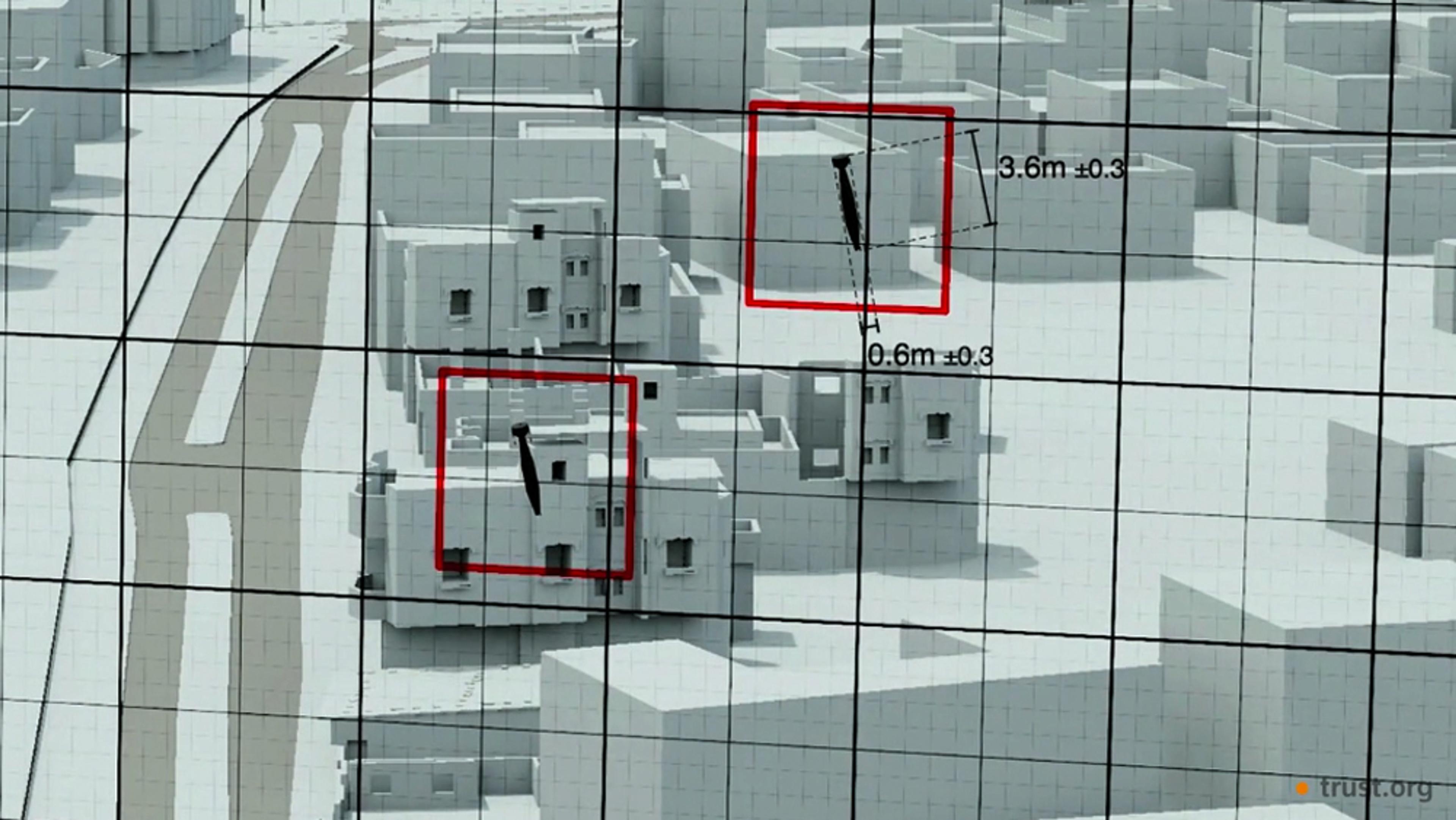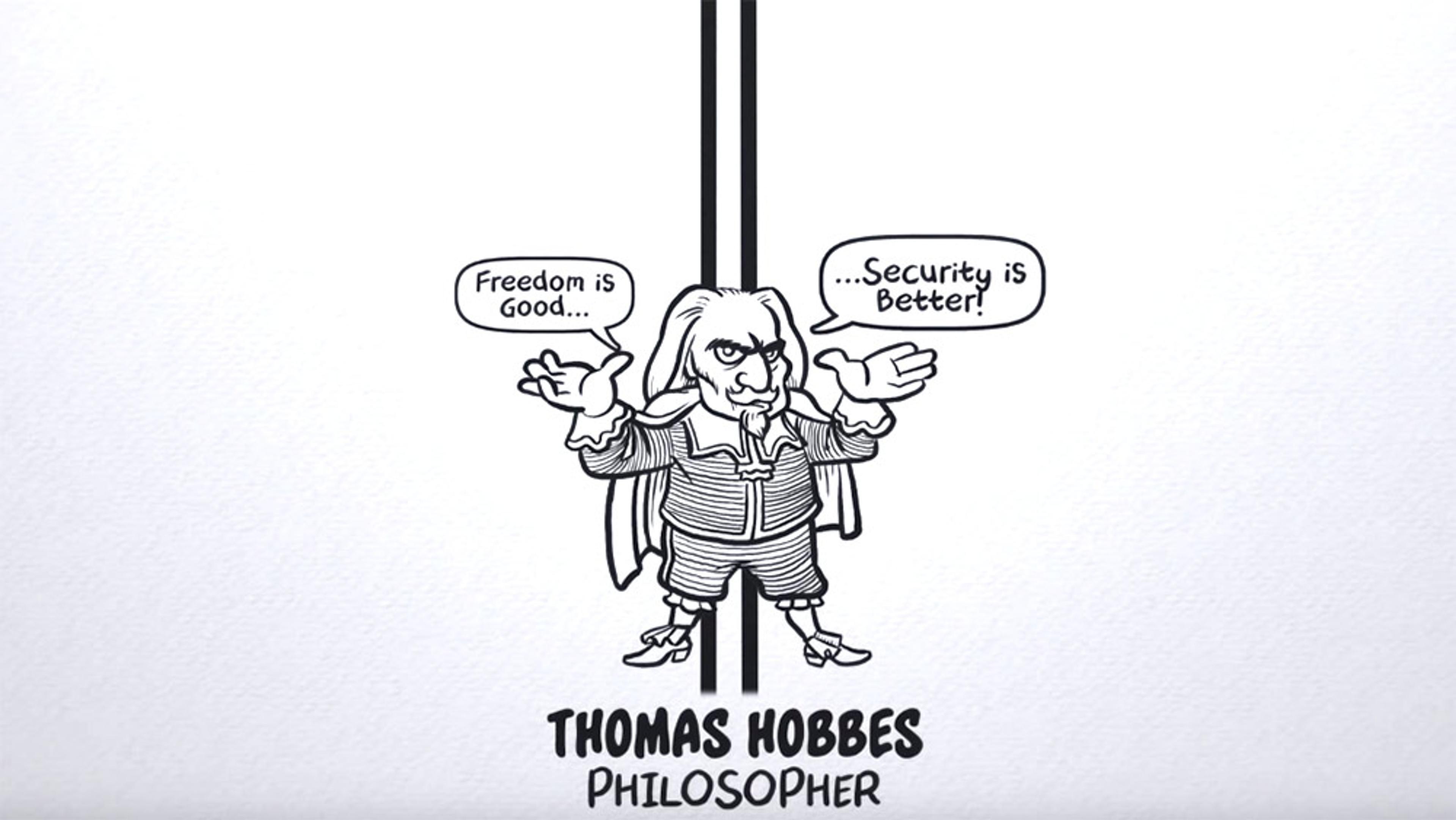Responsibility to Protect (R2P) is a principle born in the wake of atrocities committed in Rwanda, Kosovo, and Bosnia and Herzegovina in the 1990s, and officially endorsed by the United Nations in 2005 – a commitment by the international community to intervene when national leaders commit or fail to protect their citizens from mass atrocities. Featuring such experts on humanitarian interventions as Paddy Ashdown and Michael Ignatieff, this video from Thomson Reuters Foundation examines R2P’s mixed legacy and uncertain future more than a decade after its adoption by the UN and some six years into the Syrian civil war.

videoWellbeing
Children of the Rwandan genocide face a unique stigma 30 years later
20 minutes

videoValues and beliefs
What’s your responsibility to a child at risk nearby and to one dying far away?
2 minutes

videoHuman rights and justice
How a research team is transforming the investigation of potential war crimes
6 minutes

videoHistory of ideas
How did ‘personal responsibility’ evolve into its opposite, ‘everyone for themselves’?
52 minutes

videoPolitics and government
In post-war Sierra Leone, independent radio helps communities to reconnect and heal
40 minutes

videoPolitical philosophy
What are we willing to sacrifice to feel safe?
2 minutes

videoCognition and intelligence
Beware your shower! Why the risks that matter most can be those you notice least
2 minutes

videoWar and peace
A peace activist’s harrowing account of nuclear war is a visceral case for disarmament
26 minutes

videoWar and peace
How 60 ambiguous words gave the United States’ president unprecedented war power
7 minutes